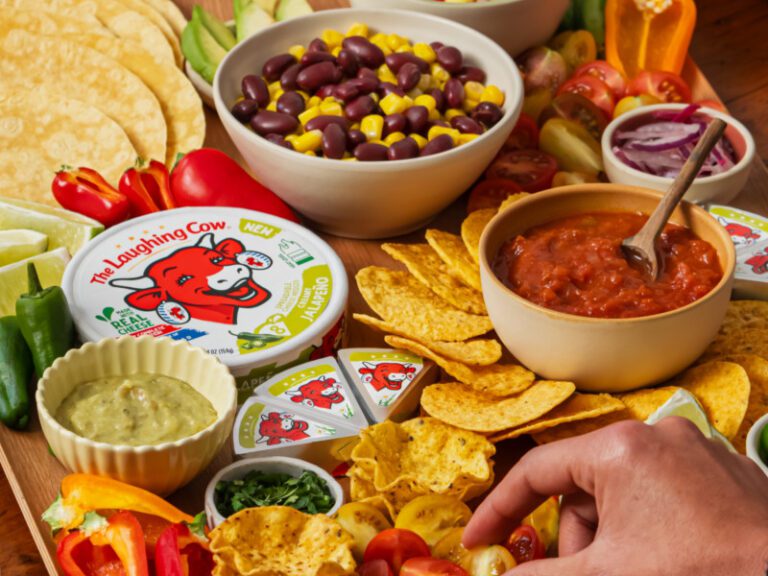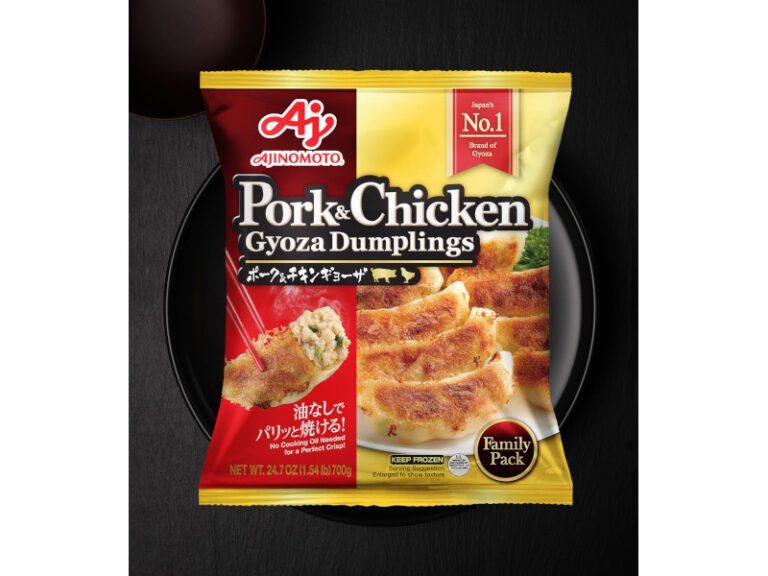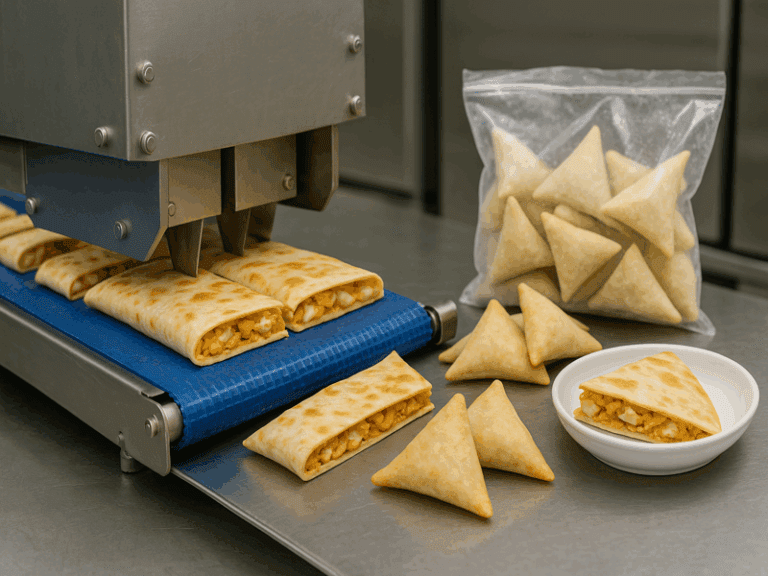As global palates grow increasingly adventurous, the snack market is embracing a rich diversity of ethnic and cultural influences. From Japanese mochi and Indian chaat-inspired crisps to Middle Eastern date bars, consumer demand for globally inspired snacks is driving innovation—not just in flavour, but also in how these products are processed and inspected.
The Role of Cooling and Drying in Preserving Authenticity
Many ethnic snacks feature ingredients or formats that require precise post-processing care. For instance, snacks using sticky rice, legumes or spiced glazes often demand tightly controlled cooling or drying environments to ensure their authentic textures and flavours are preserved. Moisture content must be balanced to avoid spoilage while retaining chewiness or crispness, depending on the cultural profile. Modern cooling and drying technologies—such as multi-zone air impingement systems or vacuum-assisted dryers—help manufacturers scale these traditional products without sacrificing quality.
Inspection Systems for Safety and Standardisation
As traditional snacks are brought to mass market, inspection becomes critical. These products can vary more than Western-style bars or chips due to handmade elements or irregular ingredients like dried fruits, nuts or pulses. High-speed vision systems and X-ray inspection are increasingly used to detect foreign materials, broken pieces, or inconsistencies in shape and size. By maintaining quality control, these tools make it possible to commercialise ethnic snacks while protecting both consumers and brand integrity.
A Cultural Revolution on the Shelf
Whether it’s frozen empanadas or refrigerated hummus-based snack packs, ethnic and culturally inspired products are no longer niche—they’re becoming part of mainstream eating habits. As this trend grows, so too does the need to blend artisanal tradition with technical excellence. Through careful application of cooling, drying, and inspection technologies, manufacturers are ensuring these beloved foods maintain their authenticity—while meeting the rigorous demands of global supply chains.




















